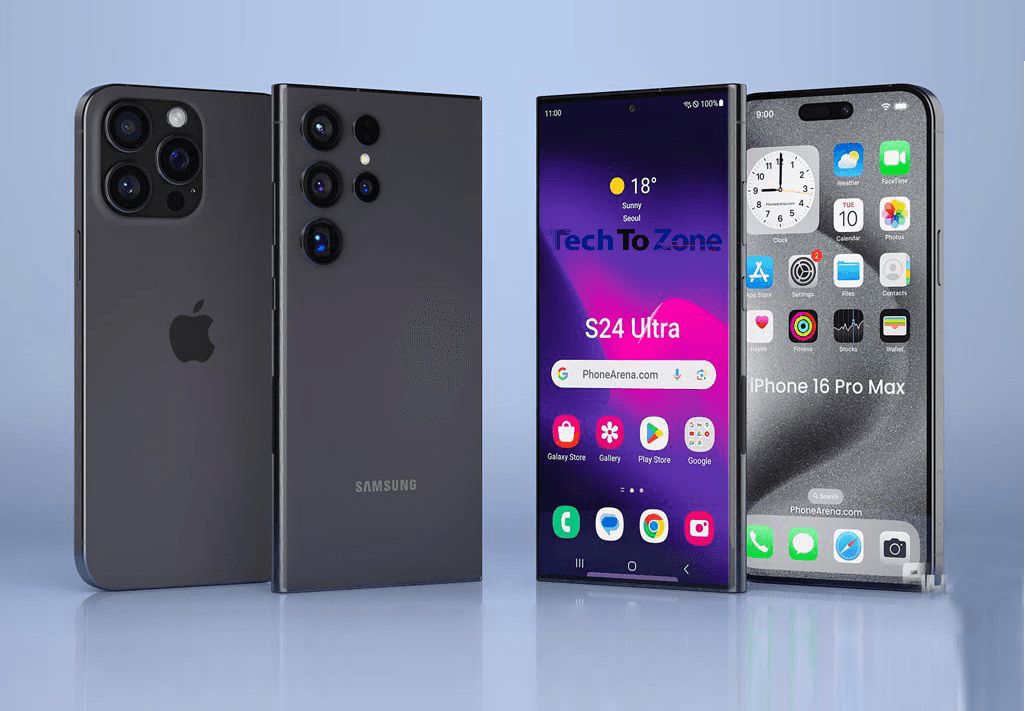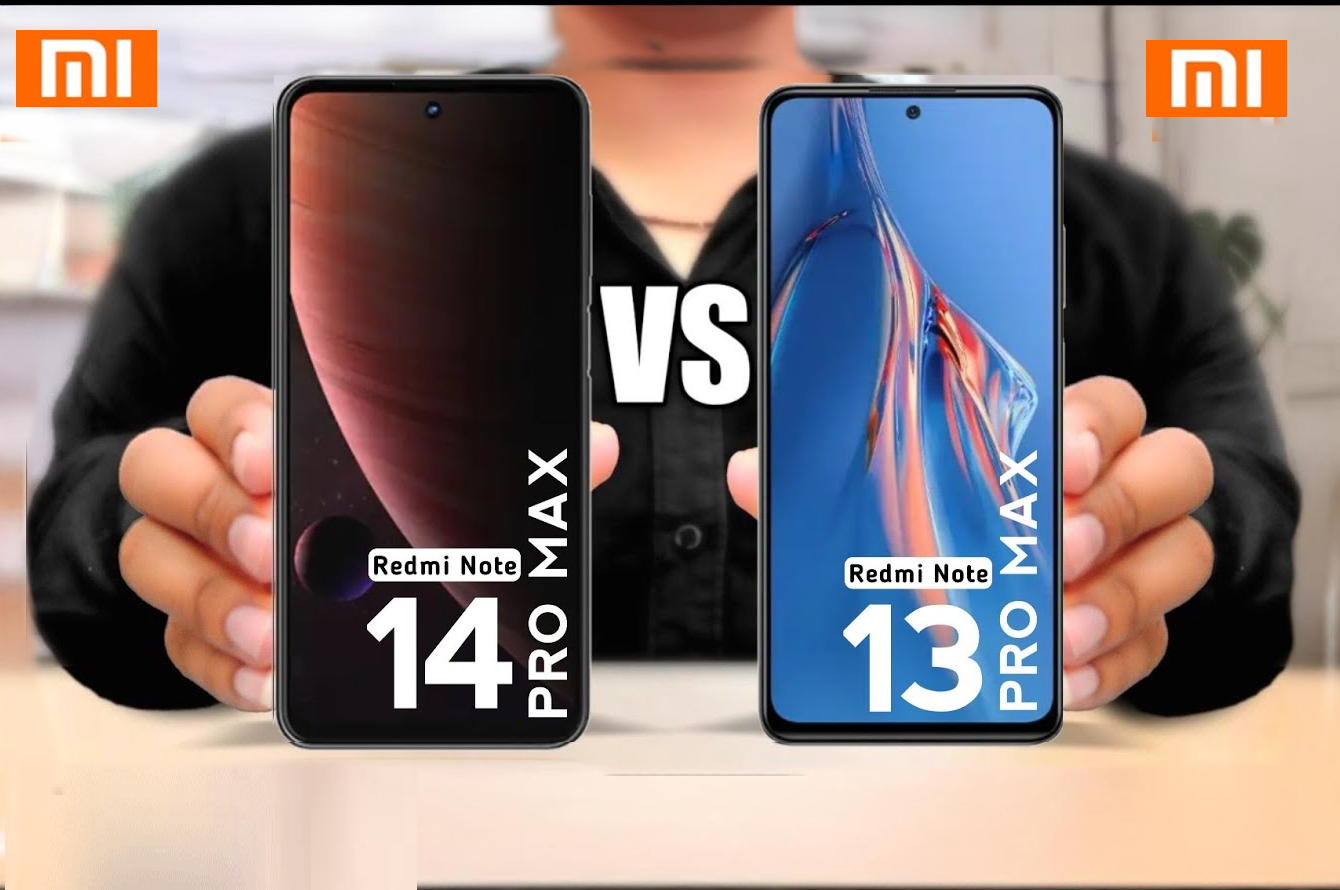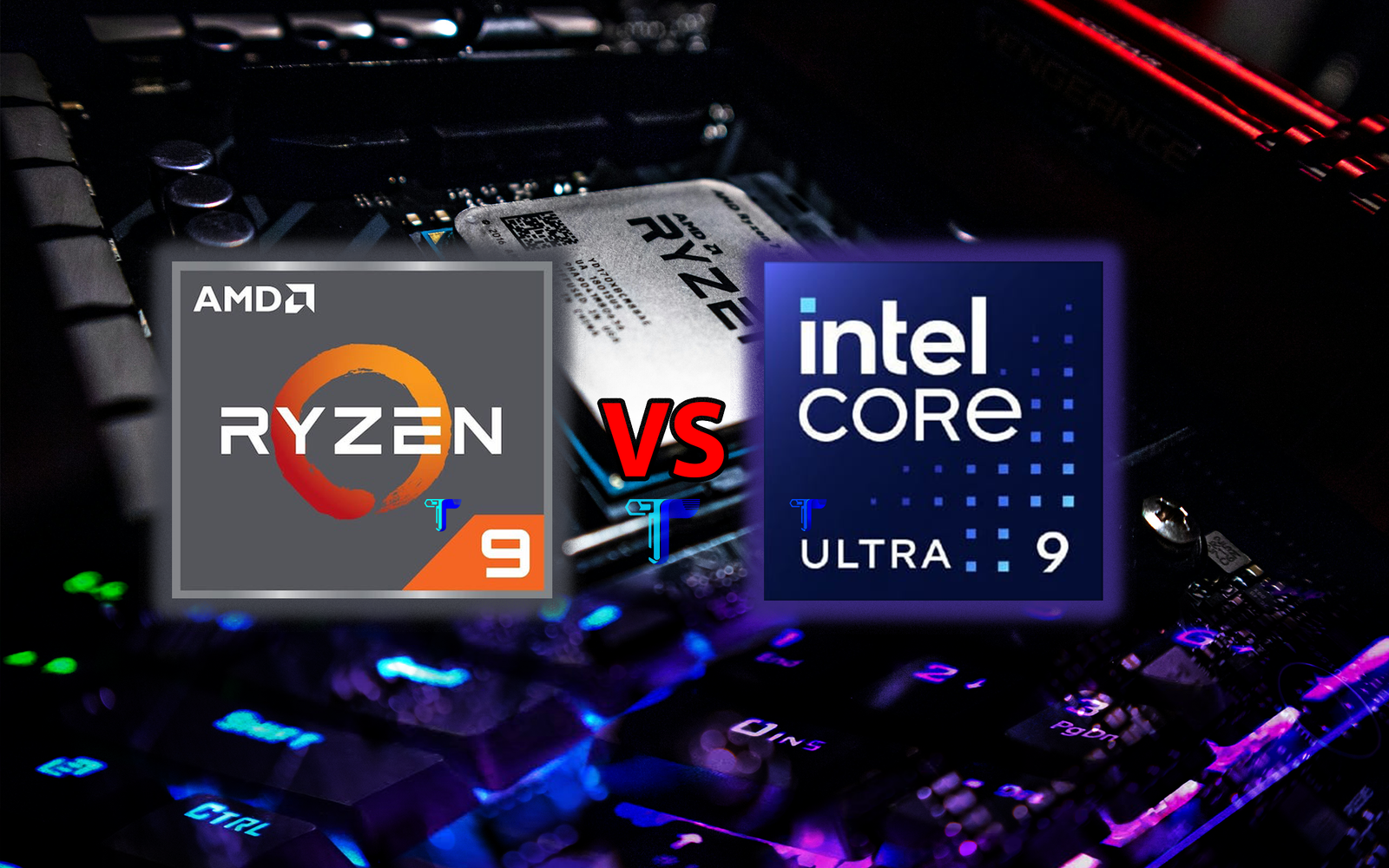If you’re considering a jump into the OLED gaming ecosystem, especially with a 32-inch, 4K, 240Hz model, you may be wondering whether to choose a display with a QD-OLED or WOLED panel. These two panel types have their unique advantages, and knowing their differences is crucial to making an informed choice. This article will break down the key aspects of 4K WOLED and QD-OLED technologies, discussing performance, visual quality, and other characteristics essential for gaming and productivity.
OLED Basics: The Core Technology
Both WOLED (White OLED) and QD-OLED (Quantum Dot OLED) are types of OLED displays, leveraging organic light-emitting diode technology to create images. In OLED displays, each pixel emits light individually, allowing for per-pixel dimming, deep blacks, and highly accurate color reproduction. This individual pixel control is what makes OLEDs distinct from traditional LCDs, which use a backlight to produce light across the screen.
Why Choose OLED for Gaming?
OLED panels excel in providing deep black levels and faster response times than LCDs. This per-pixel light control is especially appealing for HDR (High Dynamic Range) performance, where bright highlights and dark shadows coexist on the screen. For gamers, these features mean immersive visuals and reduced motion blur, making OLED an excellent choice.
WOLED vs. QD-OLED: The Core Differences
The main difference between WOLED and QD-OLED panels lies in how they generate colors and the subpixel structures that contribute to their brightness and color accuracy. Let’s break down each type in detail:
WOLED (White OLED): WOLED, or White OLED, operates with a white OLED layer that emits light. This light is filtered through color filters to create the red, green, and blue (RGB) subpixels that combine to form the colors displayed on the screen. Additionally, WOLED technology includes a separate white subpixel to boost brightness, which is especially useful for producing bright whites on the screen. This design allows WOLED screens to maintain high overall brightness, making them suitable for bright rooms or daytime viewing. However, this approach can sometimes limit the intensity of highly saturated colors since color filters can slightly reduce color brightness.
QD-OLED (Quantum Dot OLED):
QD-OLED, or Quantum Dot OLED, operates with a different color generation method. It starts with a blue OLED layer that emits blue light, which then passes through a quantum dot layer. This layer contains quantum dots specifically designed to convert blue light into red and green subpixels. The result is a triangular RGB subpixel layout, providing a broader color range and higher color purity than traditional WOLED panels. QD-OLED panels excel in displaying highly saturated colors, delivering vibrant hues with greater accuracy and brightness. This technology also offers an advantage for HDR content, as it can reproduce bright, colorful images with impressive precision.
Performance and Motion Clarity
Both 4K WOLED and QD-OLED panels offer excellent motion clarity, with response times around the 0.3ms mark. This speed ensures that motion blur is minimized, which is essential for fast-paced gaming scenarios. When both panels operate at a 4K resolution and 240Hz refresh rate, the resulting motion performance is virtually indistinguishable, providing fluid gameplay.
However, a notable feature exclusive to WOLED is the Dual-Mode functionality on certain LG models. This allows users to switch the panel to 1920×1080 resolution at a 480Hz refresh rate. This mode is particularly beneficial for competitive gamers, as the higher refresh rate enhances motion clarity, making fast-moving text and objects easier to see. While this feature does reduce resolution, it offers an advantage in latency-sensitive situations where response time is critical.
Brightness and HDR Performance
OLEDs are generally not as bright as traditional LCDs, but the brightness levels achieved by both WOLED and QD-OLED panels are quite close in SDR (Standard Dynamic Range) mode, with both hitting around 250 nits. In HDR mode, both panels are capable of producing higher brightness levels, though performance varies by model and specific tuning.
Testing has shown that WOLED may achieve slightly higher brightness on small highlights, while QD-OLED provides more consistent brightness levels across different models. In real-world scenarios, QD-OLED panels, like those from MSI, tend to deliver higher peak brightness in low APL (Average Picture Level) scenes, which is beneficial for intense gaming or watching HDR content.
Color Brightness and Volume
Color brightness is where QD-OLED outshines WOLED. In QD-OLED displays, colors such as red, green, and blue are more vibrant, with measurements showing color brightness to be more than twice as high as WOLED for certain primary colors. This difference is most noticeable in scenes with neon or highly saturated elements. QD-OLED’s ability to display brighter colors contributes to a higher color volume, achieving around 73% of the Rec. 2020 color space compared to WOLED’s 34%, which makes QD-OLED a better option for those seeking rich color representation in HDR content.
Color Gamut and Accuracy
Both WOLED and QD-OLED panels offer a wide color gamut that supports HDR, with QD-OLED panels covering slightly more of the Rec. 2020 color space than WOLED. Color accuracy can vary across different implementations, with QD-OLED panels generally exhibiting superior EOTF (Electro-Optical Transfer Function) tracking, ensuring that colors and brightness levels appear more consistent with content creator intentions.
Text Clarity and Productivity Considerations
When it comes to text clarity, both 4K WOLED and QD-OLED panels offer improvements over earlier OLED designs. However, due to different subpixel structures—WOLED using RGWB and QD-OLED using a triangular RGB layout—there are subtle differences in how text appears on each.
Subpixel Rendering: WOLED panels sometimes exhibit shadowing along fine text edges, especially noticeable with smaller text sizes, while QD-OLED can have slight fringing around the edges of letters. Text clarity on both panels generally holds up well for regular tasks, such as web browsing or document editing, though QD-OLED tends to offer a slight edge in edge definition for small fonts.
For most users, these differences are minor and should not significantly impact productivity. Those who work extensively with small text may prefer QD-OLED due to its cleaner edges on certain letters, though this advantage is subtle and might vary based on display settings and font type.
Which Panel is Better for You?
Both 4K WOLED and QD-OLED panels come with unique strengths, and the choice largely depends on your specific needs and use cases.
For Competitive Gaming: WOLED is an appealing option due to its Dual-Mode functionality, which enables a 480Hz refresh rate at 1080p resolution. This feature gives WOLED a distinct advantage in motion clarity and input latency, making it an excellent choice for fast-paced competitive gaming.
For Single-Player Gaming and HDR Content: QD-OLED’s enhanced color brightness and volume make it better suited for single-player games and content viewing. The vibrant colors and high color volume make scenes pop, offering a more immersive HDR experience.
For Mixed Use and Productivity: If your primary use includes productivity tasks such as reading and document editing, both panels provide sufficient text clarity, though QD-OLED might be marginally better due to reduced shadowing and fringing on small text.
Conclusion
Choosing between 4K WOLED and QD-OLED depends on your priorities: WOLED’s Dual-Mode functionality and high refresh rate make it excellent for competitive gaming, while QD-OLED’s superior color brightness and consistency lend themselves to single-player games and HDR content. Regardless of the choice, both technologies represent significant advancements in display quality, bringing fast response times, excellent HDR performance, and vibrant visuals to the table.
As OLED technology continues to evolve, future advancements will likely narrow these differences, but for now, understanding these distinctions can help you select the best panel for your gaming and productivity needs.




